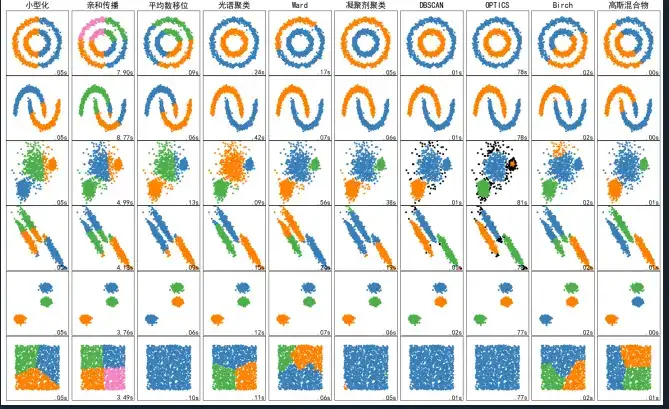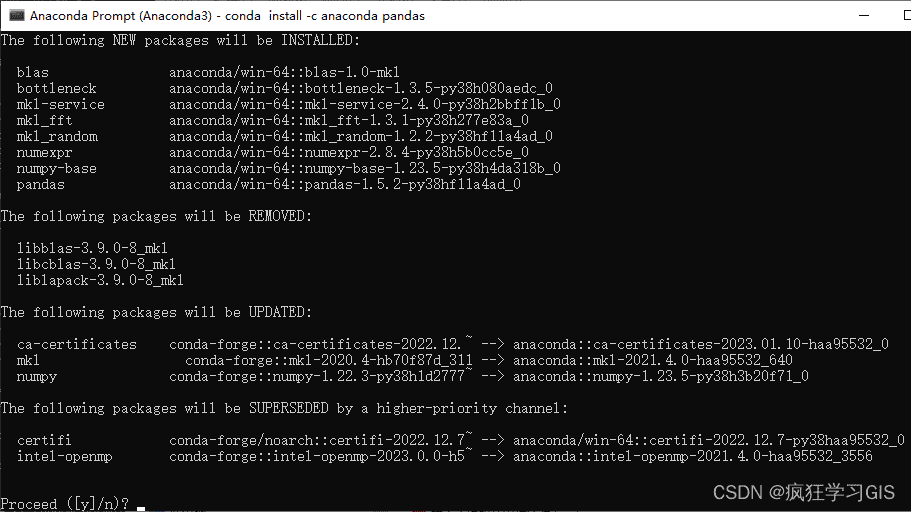返回
C++ 937:日志文件重排
后端
2024-01-19 12:35:58
日志文件记录了服务器的各种事件,每条日志由两部分组成:标识符和内容。标识符是字母与数字混合的字符串,内容由空格分隔。
为了便于分析,我们需要对日志文件进行重排,使得所有内容日志(不包含标识符)按时间升序排列,而标识符日志(只包含标识符)按标识符升序排列。
解题思路
我们可以将日志文件分为两类:
- 内容日志: 不包含标识符的日志
- 标识符日志: 只包含标识符的日志
对内容日志,我们按内容升序排列;对标识符日志,我们按标识符升序排列。然后将两类日志合并,即可得到重排后的日志文件。
具体实现
我们可以使用以下步骤来实现日志文件重排:
- 将日志文件中的每条日志分割为标识符和内容。
- 创建两个向量:
contentLogs和identifierLogs,分别用于存储内容日志和标识符日志。 - 对于每个日志,如果包含标识符,则将其添加到
identifierLogs;否则,将其添加到contentLogs。 - 对
contentLogs按内容升序排列,对identifierLogs按标识符升序排列。 - 将
contentLogs和identifierLogs合并,即可得到重排后的日志文件。
时间复杂度
此算法的时间复杂度为 O(N log N),其中 N 是日志文件中的日志条数。
代码实现
#include <algorithm>
#include <vector>
#include <string>
using namespace std;
vector<string> reorderLogFiles(vector<string>& logs) {
vector<string> contentLogs;
vector<string> identifierLogs;
for (auto& log : logs) {
if (isalpha(log[log.find(' ') + 1])) {
contentLogs.push_back(log);
} else {
identifierLogs.push_back(log);
}
}
sort(contentLogs.begin(), contentLogs.end(), [](const string& a, const string& b) {
int i = a.find(' ') + 1;
int j = b.find(' ') + 1;
return a.substr(i) < b.substr(j);
});
sort(identifierLogs.begin(), identifierLogs.end());
vector<string> result;
result.insert(result.end(), contentLogs.begin(), contentLogs.end());
result.insert(result.end(), identifierLogs.begin(), identifierLogs.end());
return result;
}





